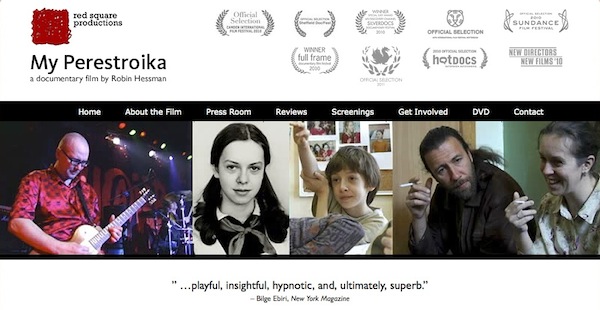The Potemkin effect: Colour photos from Russia in the black-and-white days
There is a fantastic collection of old colour photos from Russia — Tsarist Russia, to be exact — taken between 1902 and 1912 on the Boston Globe site. Strictly speaking, they’re not colour photos — the photographer, Sergei Mikhailovich Prokudin-Gorskii (1863-1944) — shot each image three times, using a red, green and then blue filter. He later combined them to get an approximation of reality. […]
The Potemkin effect: Colour photos from Russia in the black-and-white days Continue Reading




